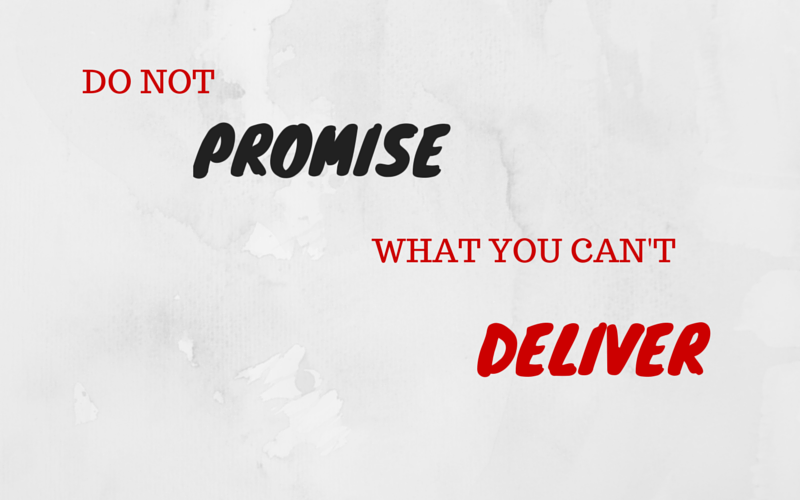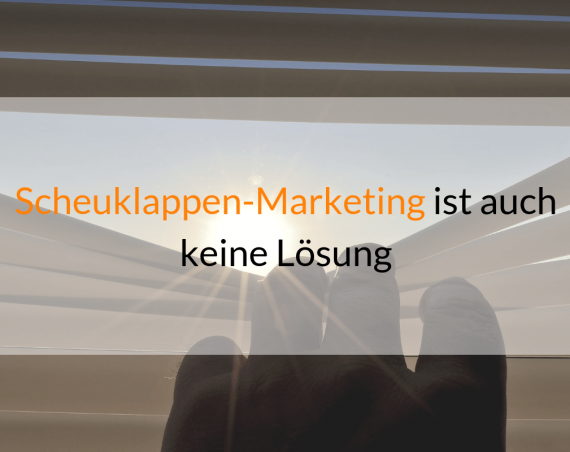I stopped counting the articles promising me the ultimate HOW TO guides for… anything. Of course, in our era of content abundance it is essential to draw attention to your stuff and work on distribution even harder than before. But we are litterally drowning in so many „ultimate guides“ that we might just stop believing in these click baits… Why? Because our expectations weren’t met.
Click-Bait is essential for drawing attention to your content
I use feedly for gathering my RSS feeds in one place, as do many of you I guess. Whether I browse through feedly or one of my Social Media Feeds, one thing is for sure: titles are what get my attention (or don’t). Sometimes it’s illustrated with an image but text is always what tells what I’m going to find inside the article.
Whether you believe in a Content Shock or not, the fact is that the attention span of consumers is shortening and we, the marketers, have little time to grab the attention of our audience. The titles are our favorite means of doing just that and every trick is good to get them to click on our AWESOME, UNBELIEVABLE stuff. We’re so great in Content Marketing so why not promise something that will blow them away every single time, right? As long as there are visitors and one out of ten converts into a lead…
Content Marketing and the Customer Experience
A couple of years ago I finished my Master’s Degree in International Marketing and we had a class called „Customer Experience“ – which as that point was new to me. My (excellent) teacher taught us the basics of CX for quite „traditional“ industries such as leisure and tourism. I immediately understood the critical importance of customer experience in marketing.
Customer experience is the one thing that’ll make the difference between „does its job“ and delight!
I’m not going to bore you with definitions of CX, you probably already know what it is anyway. What I will say is that I immediately understood the critical importance of mastering CX when you are a marketer because, truth is, it doesn’t matter which business you are, customer experience is the one thing that’ll make the difference between „does its job“ and delight.
Delight is the holy grail of marketing, meaning that it turns visitors and customers into brand evangelists, engagement, earned media and offline recommendations. Well basically: the most effective marketing.
The confirmation-disconfirmation approach
Have you ever been to a movie all of your friends told you to go see because it’s so amazing? I bet there’s a 50-50 percent chance you came out thinking „well it was okay but I expected more…“. It happens quite often actually, not only when you go to the movie’s.
In terms of CX this is represented by the confirmation-disconfirmation paradigma
If you deliver what you promise: fair enough. But what if you set yourself the goal of outperforming what your visitors expect?
Basically, the whole concept is based upon the fact that you are promising something to draw attention. Once the customer consumes the good, he is going to judge consciously or unconsciously if his expectations were fulfilled.
The worst you can do is not fulfilling it, which will result in disappointment. If you deliver what you promise: fair enough. But what if you set yourself the goal of outperforming what your visitors expect? Wouldn’t that be content which would have higher sharing rates, have a higher conversion rate and boost earned media? I bet it would.
So what should you do?
You should definitly pay attention to your titles and optimize so that you draw attention and therefore visitors to your site. However there are so many cases in which companies don’t convert those visits into subscribers (expanding your owned media reach), leads and customers.
It’s without any doubt quite a fine line and a quite intangible one when I say: you should focus on satying on top of the disappointment line when promoting your content. However, a lot of promoted content just focuses on attracting clicks and hoping to convert on site with CTAs, instead of thinking about delivering hat was promised when promoted. So let me summarize:
- Don’t over-promote your content in the words you use. I’m not saying that you shouldn’t work on distribution because it’s getting more and more critical! But work even harder on delivering what you promised.
- Exceeding expectations results in interest and engagement
- Which usually translates in genuine interest in form of a follow / like / subscription to your email list.
What do you think? Is there too much content which doesn’t deliver what it promises? Will it get better witch Facebook taking it into account in the Newsfeed algorithm?
Originally published on Linkedin


